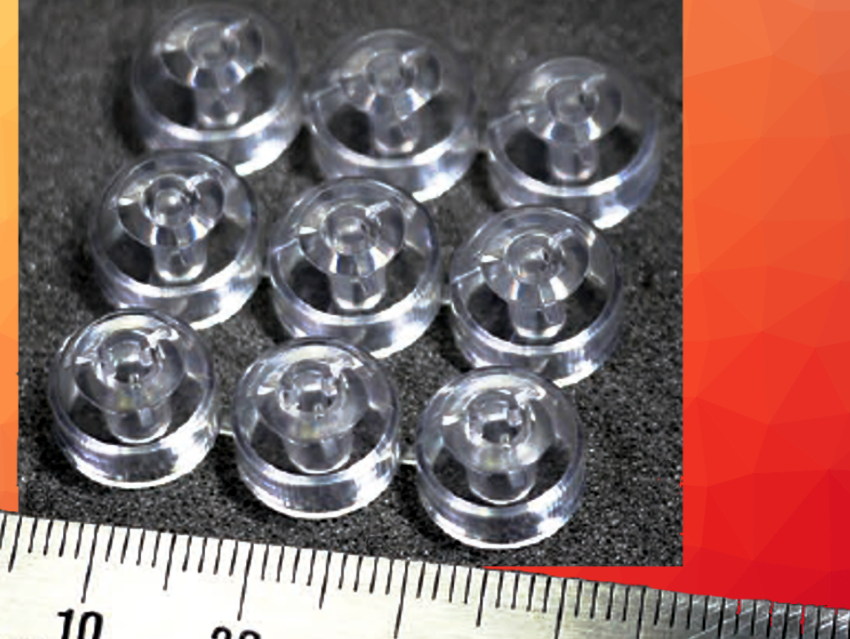Vascular networks contain of vessels that carry blood and lymph through the body. The formation of vascular networks is a complex process. It is dynamically remodeled while it carries out functions such as transporting vital substances. Angiogenesis is the formation of new capillaries from preexisting vessels. To study angiogenesis, animal testing is required or in vitro models are used which use a lab‐on‐a‐chip technology based on polydimethylsiloxane (PDMS). However, such chips show many limitations and are not sufficient for all research projects.
Noo Li Jeon, Seoul National University, Republic of Korea, and colleagues have developed a plastic‐based microfluidic chip to reconstruct in vitro 3D vascular networks. The team designed the injection-molded microfluidic circular chip (IMCC; pictured) using 3D printing. The chip has a circular design and consists of distinct regions for cell culture and the reservoir. These spaces have an “open-top” design, so they can be easily accessed from the outside.
The chip offers simple fluid patterning. A fluid guide structure allows the fluid to be spontaneously transported by capillary forces in a hydrophilic environment. Thus, the structure can be designed to engineer capillary flow patterns. Ultimately, such patterning allows for cell coculturing microenvironments, suitable for organ‐mimic systems. Compared with previous systems, the chip demonstrates the growth of functional, morphologically integral microvessels.
Using the structural features of the chip, the team designed a model that is similar to ocular angiogenesis. Radially growing vascular sprouting can be directed either inwards or outwards. The developed angiogenic model yields dose‐dependent results for antiangiogenic drug screening.
According to the researchers, this model may contribute significantly to vascular studies under normal and pathological conditions, and to fundamental research on the ocular neovascularization. Furthermore, it can be applied as a tool for more practical, extended preclinical research, providing an alternative to animal experiments.
- Human Ocular Angiogenesis‐Inspired Vascular Models on an Injection‐Molded Microfluidic Chip,
Jihoon Ko, Younggyun Lee, Somin Lee, Seung‐Ryeol Lee, Noo Li Jeon,
Adv. Healthcare Mater. 2019.
https://doi.org/10.1002/adhm.201900328



